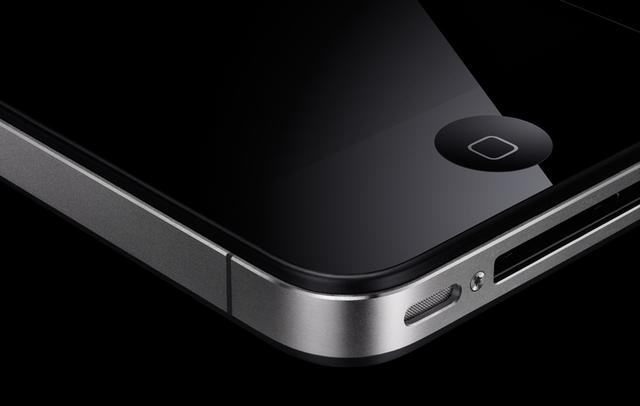
According to various online sources, one of which is the Wall Street Journal (via Apple Insider), Apple’s latest iPhone incarnation should have a substantially thinner screen that those found in current generations. The new screen will use what is known as in-cell touch screen technology, integrating the touch screen sensors into the LED screen itself. Previous iPhones have used two LED panels with a touch screen layer sandwiched in between. It is estimated that the proposed change should eliminate approximately half a millimetre in thickness while also contributing better displayed image quality.
The reports make sense for Apple on many fronts. First and foremost, the change to in-cell touch screens simplifies the company’s complex supply chain process, eliminating the resources required to procure the aforementioned touch screen layer. Apple’s current generation screens are provided by Wintek and TPK Holdings, both of whom do not currently offer in-cell technology. According to the WSJ article, Wintek reported a substantial 33.6% fall in month over month sales; news which could serve to indicate the loss of Apple’s business.
Another reason a thinner screen makes sense is due to the fact that, as reported on TQ, Apple is strongly considering increasing the next iPhone’s screen size to at least 4 inches. The added screen size would need to be offset by reduced weight in the battle to create lighter and thinner Smartphones. On a related note, a thinner screen could also allow for a larger battery to power the device, something Apple has always made a priority for their products.
Asian suppliers Sharp, LG Display and Japan Display are strongly believed to be the parties tasked with providing the millions of screens that will be required to meet the next iPhone’s demand. All of these firms produce in-cell touch screens; however their resources are likely never to have been tested the way they will as Apple’s anticipated fall launch date approaches.
The decision also represents what is to be perceived as a reactive move to rival Samsung’s latest flagship Smartphone, the Galaxy S III. TheS IIIfeatures Samsung’s own OLED (Organic Light-Emitting Display), which do not require backlighting and tend to thinner and more efficient than LED’s.